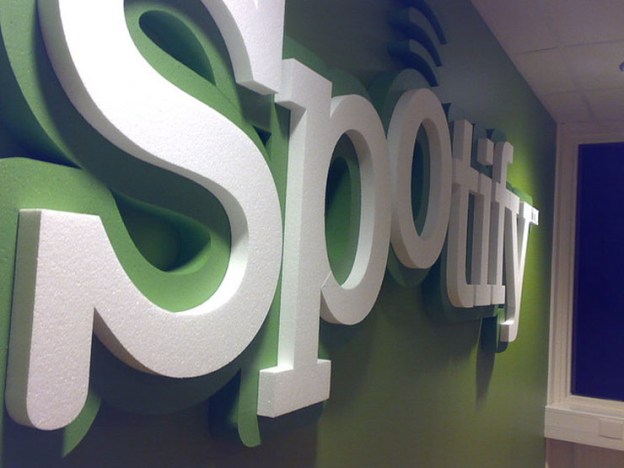 Spotify may have angered consumers by requiring a Facebook account to register for its service, but it’s certainly not hurting business. Just one day after Facebook’s f8 developer conference where Spotify integration was officially announced, Inside Facebook reports that user numbers have skyrocketed and the streaming application is netting some 250,000 new subscribers every day.
Spotify may have angered consumers by requiring a Facebook account to register for its service, but it’s certainly not hurting business. Just one day after Facebook’s f8 developer conference where Spotify integration was officially announced, Inside Facebook reports that user numbers have skyrocketed and the streaming application is netting some 250,000 new subscribers every day.

While Spotify hasn’t confirmed the report, turns out that tying your financial success to Facebook pays off. The popular UK import’s plans to integrate with Facebook were something of a poorly, if entirely unkempt secret, but no one foresaw just how conclusively Spotify would be woven into the social networking site.
That said, we’re a little stunned the backlash has been so strong. Spotify’s mistake was more in its timing than the act itself. The service launched a few months ago, treating users to free trials, its pleasant user interface, and best of all its 15 million song database. And this entire time, we all knew some sort of Facebook integration was on its way, just not what that meant.
Now that we do, it’s become the principle of the thing: Spotify giveth and Spotify taketh away. When anticipation over a Facebook music hub first started to pick up steam, we weren’t all that familiar with Spotify. We knew the basics: It was a very popular music streaming service overseas and it was rumored to be a big part of the Facebook music application. That was about it. Had Spotify’s US launch coincided with Facebook’s f8 announcements and included Facebook registration up front, we reason that most consumers wouldn’t bat an eyelash. Facebook account holders use applications that operate within or based on the Facebook platform only all the time, and given our inexperience with Spotify, the whole thing would have gone over smoothly.
That obviously means Spotify wouldn’t have been able to debut when it did and accrue the customer base it has. And, more tellingly, while subscribers are up in arms over taking away our right to operate outside of Facebook, the site has been signing up customers left and right partially as a result of its integration announcement at f8.
Most of us use Facebook and are happy to take advantage of new applications and features within the sites – but we still don’t want to be pigeon-holed. Clearly, though, it doesn’t matter. As much as consumers disapprove of this type of full-Facebook integration, it works, and you should be warned that with the site’s new Open Graph other media apps might follow suit. It’s a Facebook world and we’re all just living in it. Or at least it’s starting to feel that way.


